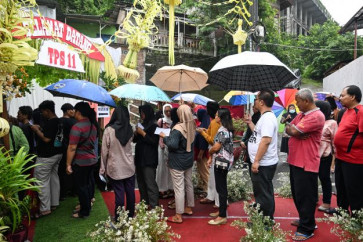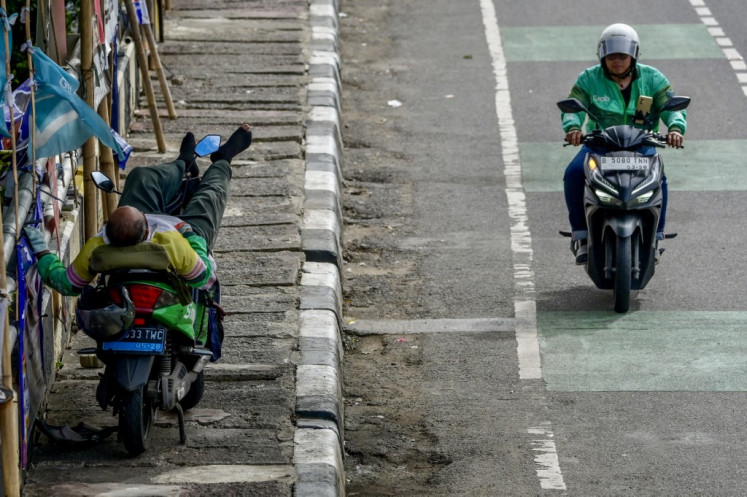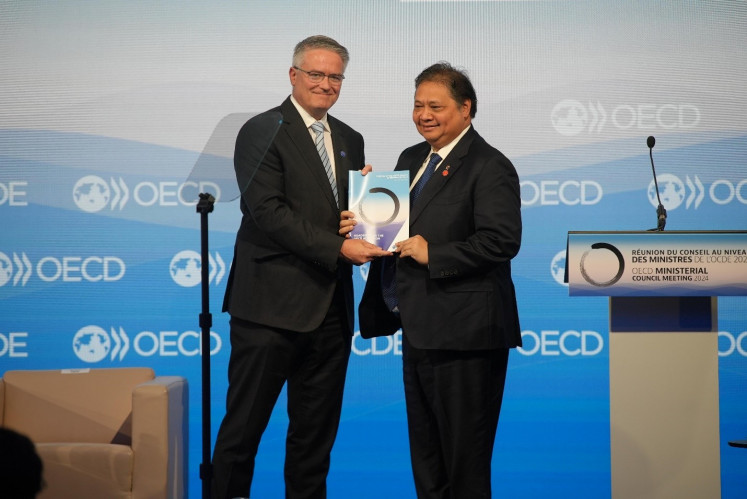Teaching in a responsive way
Teachers are supposed to take care of children whose social and cultural backgrounds may be different from each other
Change Size

Teachers are supposed to take care of children whose social and cultural backgrounds may be different from each other. Being culturally responsive is decisive because in the years ahead, we will go through a series of multiple transformations, the final outcomes of which are unpredictable and unknowable.
By establishing a sense of belonging in every school, teaching in responsive ways begins. Every classroom needs a safe, affirming and challenging environment for learning. Every classroom needs an atmosphere of caring, warmth, and respect for everyone in it. All traditions and cultures must be valued and appreciated by each teacher and student.
When students respond in class, the teacher makes them believe that their answers are valuable and worthy because they represent uniqueness: personal thinking and effort. This builds students' trust, self-reliance and competence, and enables them to be risk-taking persons who are essential to successful learning.
Responsive teaching begins with emphasizing the importance of reflective activities and dialogue with regard to cultural diversity. In the general sense, schools are beginning to focus more on incorporating cultural awareness in teaching-learning activities. A culturally responsive teacher becomes aware of their students' traditions and cultures. This leads them to incorporate and internalize cultural elements into their teaching and to anticipate and appreciate their students' responses and behaviors in and out of class.
In a differentiated classroom or responsive classroom, students' backgrounds are used as bases to construct new knowledge or information. Culture becomes a valuable benefit rather than a discrepancy.
Teachers' expectations are high because learners are projected to master the same essential learning, but different levels of material, and at the same level of competence and success. Therefore, content or material is never diluted, although class activities may be designed to promote skills and knowledge development.
Culturally responsive teachers, like all good educators, identify and recognize that their students have different levels of readiness, interests and learning styles. According to Ann Tomlinson in the supplementary guide series An Educator's guide to Differentiating Instruction (2006, pages 5-10), in terms of a differentiated classroom, besides understanding what teachers teach (it refers to guaranteed and viable curriculum and instruction), where to teach (in a safe classroom climate) and how to teach (by applying differentiated instruction), teachers must also understand who they teach.
Teachers must consider and respond to variance in students' readiness, interests and learning styles. Students' readiness refers to a student's proximity to a particular task and is not a synonym for academic skill, so that teachers can address it through tier assignments, the use of materials at different levels, small group discussions, graphic organizers to support note-taking, the use of multi-media tools, and so on.
Students' interests basically mean that the learning meets the students' interests. That is, when students find the tasks they do to be interesting. For example, in a Language Arts classroom for eleventh grade students, a teacher teaches stu-dents to understand writing application based on different types of writing and their characteristics. The teacher may row or tier their lesson that will meet the students' interests.
It can be varied, from students interested in newspaper format, diary or journal format to report format. Students' learning styles refers to mostly students' intelligence preferences. For example, Howard Gardner (1993) proposes Multiple Intelligence and Robert Sternberg (1988) Triarchic Intelligence (analytical, practical and creative approaches).
Based on Gardner's theory, some students need to see the lesson, others need to hear it, and still others learn best from hands-on activities, some of which have need of active movement such as acting, dancing, pantomiming or singing.
Based on my experiences in teaching, in fact, we tend to falsely address intelligence. We perceive intelligence as being fixed. The truth is that it is not. Students are being taught by methods that fit poorly with their patterns of abilities. As a result, they are not learning, or they learn at minimal levels.
At the same time, there is a conclusion that they lack learning abilities. In fact, many of them have good learning abilities, but not the kind that are used in the teaching methods to which they are exposed. As a result, they never reach the high levels of learning that are possible to them. Responsive teachers give each of these elements - students' readiness, interests and learning styles - its due, just as they consent to each student having a voice in the classroom. This enables all students to learn, mature and develop respect for themselves and each other.
The writer is a teacher at Gonzaga High School in Jakarta. He is now attending master's degree program on educational leadership at Loyola University, Chicago









